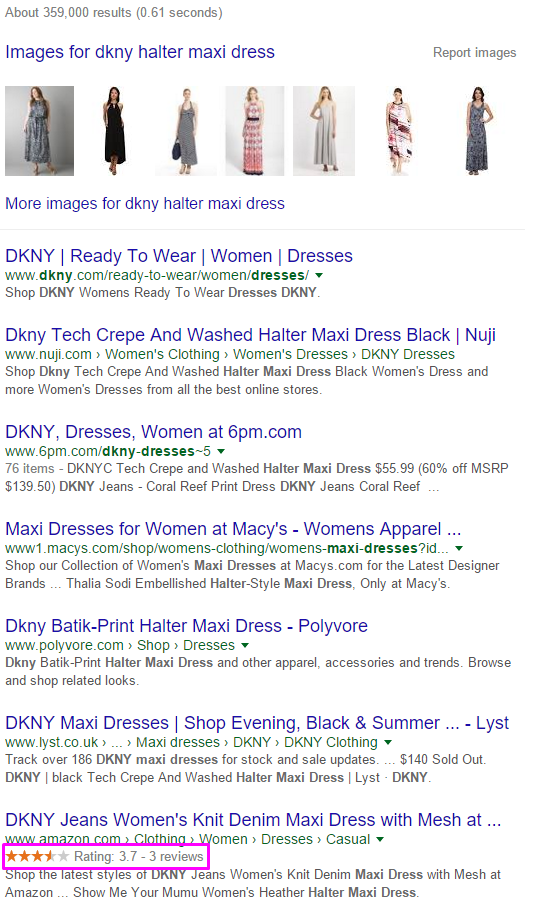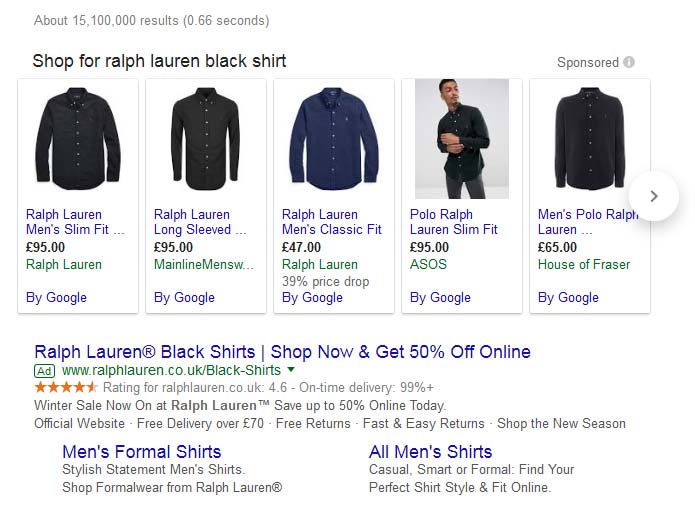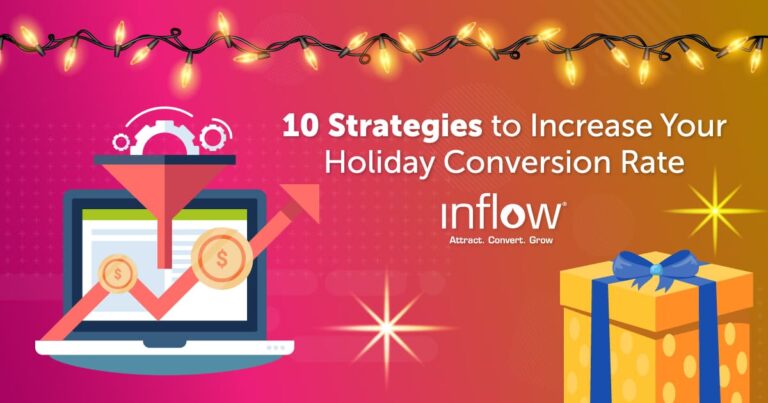Step into any high-street shop and you step into a military-grade controlled experience. From the window display on, the sciences of store planning, traffic flow, attraction and conversion are in constant display and have been finely honed to ensnare you.

When it comes to the virtual high-street, you can see many of the same principles in action – and especially the analogy that the homepage is your storefront. If there’s one page where companies tend to weigh every word, debate every image or experiment with design, that’s the one. They think of the offers they’ll display, the messages they want to communicate and, hopefully, the customer journey from the homepage to the checkout.
And if you’re only interested in customers who know your brand and search on that term alone, that’s great. But I’m guessing you’d like at least one new customer…
Every Page is a Homepage
Your site gives you an unparalleled opportunity to be found by new customers. They know what they want, they just don’t know that you provide it. When someone is searching for a product or service, Google will, as ever, aim to serve the most relevant content that immediately satisfies the need behind the search request – and that means taking the user slap bang into the middle of your site where your products and services lie.
Action: Stop and take a look at your site now. Not your home page, but a page deep in the site whether you sell glitter body make up or predictive financial modelling. Look at that page from the perspective of someone who has never encountered your brand:
- What does it tell them about you?
- Have you put your best foot forward and communicated all the relevant brand values, USPs or reassurances?
- Have you chosen appropriate internal links on the page and in the main navigation to take a user further into or around your site?
This is why every page must be treated as a homepage – for a new visitor, it will be. But before a visitor even gets that far, we need step back to the search results.
Every Search Result Listing is a Window Display
When it comes to organic search, most people understand that they want to be ranked highly for keywords relevant to their offering. If they follow our methodology, they’ll use audience-based keyword research to find the best words and associated target pages for potential buyers.

Among the many ranking factors that Google considers are interaction and engagement. In short, people need to click your link (and like what they see) from the SERPs (search engine results pages). While paid search is often seen as the battleground for clicks, so too are the search engine results.
This is where your meta title and meta description become crucial tools. They’re not just for your lovingly chosen keywords, they’re your adverts to the world, introducing potential buyers to your brand. Craft your metadata as if every word is a tiny advert (or tweet) to start the customer conversation.
Action: Look at the search engine results for your keywords and look at your competitors.
- What’s the language they use?
- What are the message or benefits they try to convey?
- What does your meta say about you?
- Do you stand out in any way in your language?
- Are you making good use of extended data or rich snippets such as stock availability, price or reviews?
Know Your Buyers (Not Just Your Visitors)
Throughout this analysis it’s important, as in all marketing, to distinguish your buyers from your visitors. By understanding the people who convert – who they are, what they want, why they choose you – you can prioritise the category or products pages that matter most, using the right language and calls to actions to build the conversion journey.

As you progress, use audience profiles to identify core content (and content gaps) that will appeal to buyers at different stages of the sales journey. You can then use this to craft the myriad of possible journeys from initial search term and landing page to conversion.
Action: You can get some strong insights from Google Analytics and Search Console to identify your top landing pages (by sessions and by revenue), what people are searching for and the click-through rate, the conversion rate and your buyer demographics. However, you’ll get better data by talking to your buyers so make sure to read and learn from any on- or offsite reviews, customer feedback or, if you can, organise a virtual focus group.
Know Your Benefits (And Communicate Them Everywhere)
As you get into your new approach to shop optimisation, always be clear on what your benefits and points of differentiation are – and which are the ones that matter to your buyers.
Different benefits will be more appropriate on different pages for each stage in the customer journey. Whether it’s your ethical approach, patented technology and quality checking or your easy returns, free shipping and express delivery options. These ideas should be woven into your site and you can test which drive clicks, engagement and conversions through some straightforward A/B testing or using paid search text ads to collect data quickly.
Action: Review and tweak the benefits and USPs you use in your meta descriptions every 3-4 months (making sure not to change any keywords!) and see what improves the click-through rate and number of sessions. Measure how on-page text changes affect engagement stats and conversions.
Follow my contributions to the blog to find out more about marketing in a digital world, or sign up to the ThoughtShift Guest List, our monthly email, to keep up-to-date on all our blogposts, guides and events.






